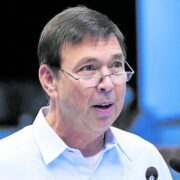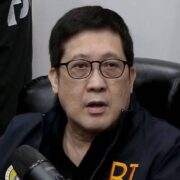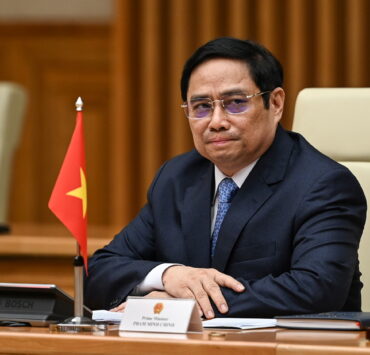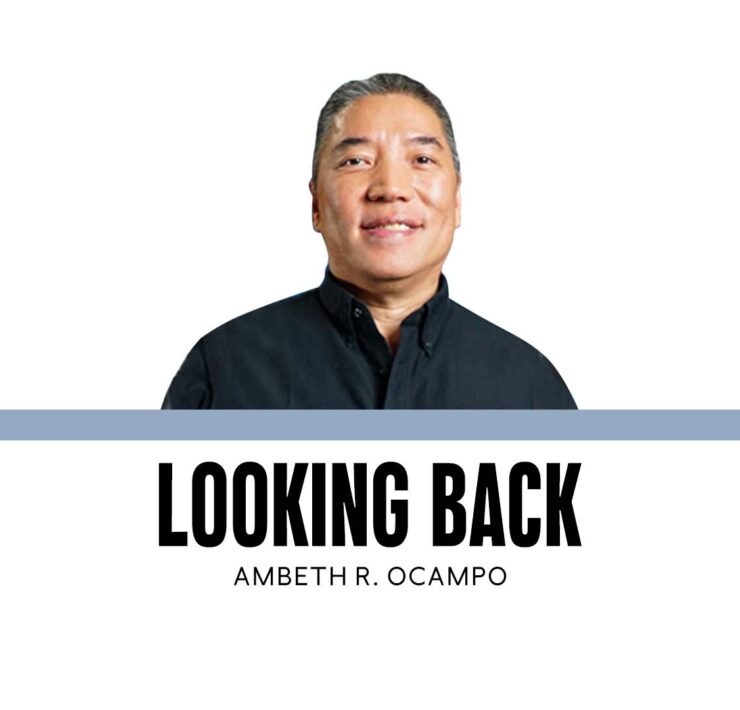Untapped primary source on WWII
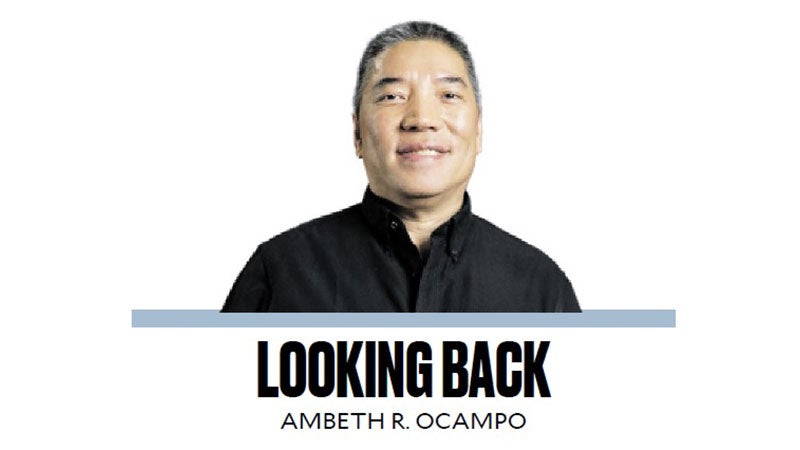
World War II and the Japanese occupation of the Philippines is not my area of specialization. What little I know of it is from textbook history, the work of the eminent historian Ricardo T. Jose, and last but not least, all the reminiscences of family and friends who lived to tell of those dark and dangerous days. While there are a lot of published materials on the period in English, I wish there were younger historians competent to read the primary sources in Japanese to provide both sides of the coin.
When I taught an undergraduate Philippine history course at Sophia University in Tokyo many years ago, I was surprised that my students had not heard or been taught the horrors Japan inflicted on the region during the war. When I told them about the massacre of noncombatants at the close of the war in the 1945 Battle for Manila, some of my students were almost in tears and I had to help them process the emotional impact of what should have been a simple lecture on the past. In Nagasaki, I visited ground zero where a plutonium device in a bomb nicknamed “Fat Man” exploded, destroying the city and killing thousands both at impact or later from radiation. The lesson I got from Nagasaki was the resolution that man should never ever use nuclear weapons again, and rightly so, these have not been used since August 1945. I expected the Nagasaki bomb museum to tell the whole story of the bomb and the bombing, but was surprised that the narrative painted Japan as the victim of the story. Nowhere in the museum exhibits was there even a hint of what the Japanese did in World War II, which led to the dropping of nuclear bombs on Nagasaki and Hiroshima that led to that proud and aggressive country’s surrender.
In the course of my recent survey of the rare materials in the Special Collections of the Ateneo de Manila University Rizal Library, I came across the papers of Arturo B. Rotor. I knew of Rotor as one of the finest writers in the Philippines, from the first generation who wrote in English. I knew he was a medical doctor, the only Filipino to have a medical disorder named after him. Rotor’s syndrome according to the National Library of Medicine “is an autosomal recessive disease and a rare cause of mixed direct (conjugated) and indirect (unconjugated) hyperbilirubinemia.” Whatever that is. He was a multifaceted man who raised orchids and had one named after him, the “Vanda merillii var. rotorii.” I interviewed him because he was a piano major at the prewar University of the Philippines Conservatory of Music, who had studied under Nicanor Abelardo. During our conversations, I found out that during the war he served as secretary of the Commonwealth government-in-exile. I copied out some of his papers and shared this draft relevant to the commemoration of Bataan Day today:
”On the evening of May 13, 1942, Manuel L. Quezon, President of the Commonwealth of the Philippines arrived in Washington. He had come in a special train arranged for by [US] President [Franklin D.] Roosevelt. And at Union Station, the President of the United States was there in person to meet him, accompanied by Secretary of State [Cordell] Hull, Secretary of War [Henry] Stimson, Secretary of Interior [Harold] Ickes, Justices of the Supreme court, Senators and Congressmen, and former Governors of the Philippines. It was an honor never before and never since then accorded a visiting chief of State, who legally and according to protocol, was not then entitled to a 21-gun salute. But President Quezon’s right to such a reception was established by something more important than protocol or tradition. Bataan had fallen—weeks previously, Corregidor had surrendered and in the eyes of the world, the man who inspired such courage and loyalty was Manuel L. Quezon. Bataan and Corregidor had seriously held back the timetable of Japanese aggression by a few months, the Filipino and American defenders of Bataan and Corregidor had bought so badly needed precious time for the allies with their lives.
“That night President Quezon and his family slept in the White House. The next day, when as guests of the President of the United States, the American and Filipino flags were raised in the Philippine Commonwealth Building. The office of the president of the Philippines had a new address: 1617 Massachusetts Avenue, Washington.
“Officially, President Quezon’s Party consisted of: Mrs. Aurora Quezon, Miss Maria Aurora (Baby) Quezon, daughter, Miss Zenaida Quezon, daughter, Master Manuel (Nonong) Quezon, son, Sergio Osmeña, Vice President, Basilio Valdes, Chief of Staff, Philippine Army, Andres Soriano, Colonel, Philippine Army, Manuel Nieto, Aide to the President, Serapio Canceran, stenographer, Andreas Trepp, Physician, Buenvenuto R. Dino, Physician, ___Labrador, nurse, ah Dong, valet, Emigidio Cruz, Physician to Mrs. Quezon, Pacifico Ortiz, S.J. Chaplain. Subsequently, several members of this party were given other assignments and official titles.”
Rotor’s papers deserve closer scrutiny as an untapped primary source that completes our knowledge of World War II in the Philippines as seen from far off Washington.
Ambeth is a Public Historian whose research covers 19th century Philippines: its art, culture, and the people who figure in the birth of the nation. Professor and former Chair, Department of History, Ateneo de Manila University, he writes a widely-read editorial page column for the Philippine Daily Inquirer, and has published over 30 books—the most recent being: Martial Law: Looking Back 15 (Anvil, 2021) and Yaman: History and Heritage in Philippine Money (Bangko Sentral ng Pilipinas, 2021).



